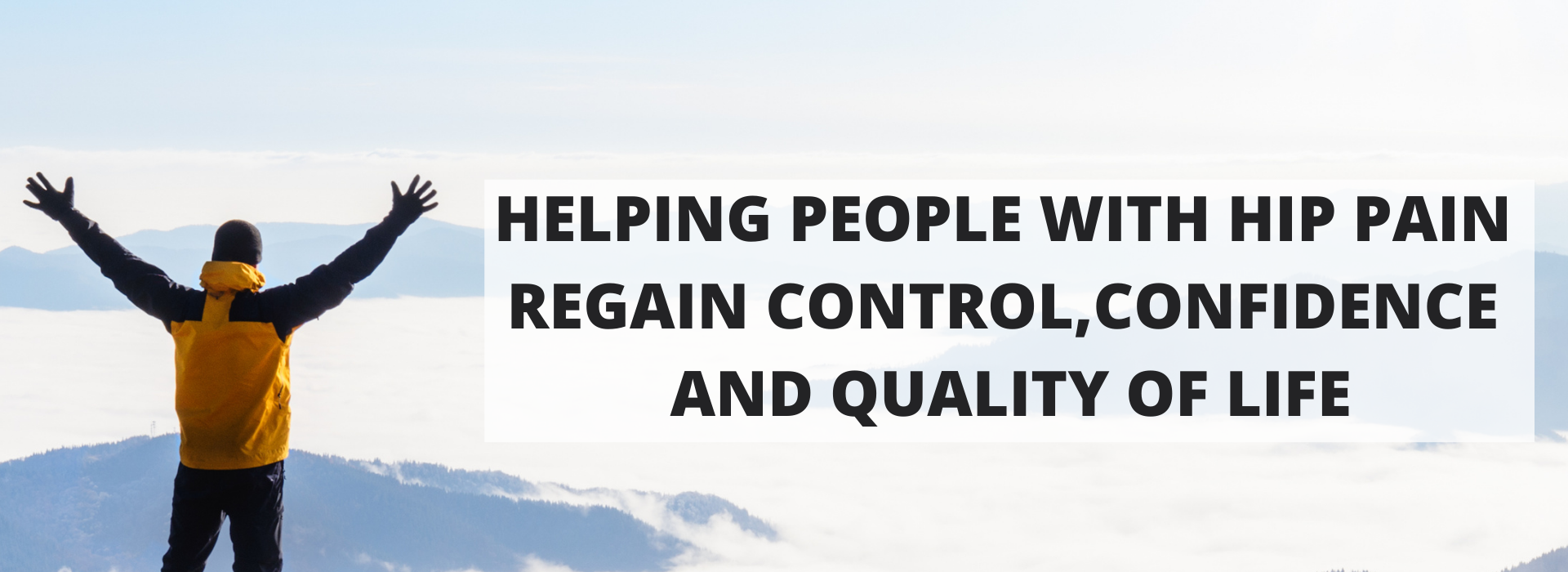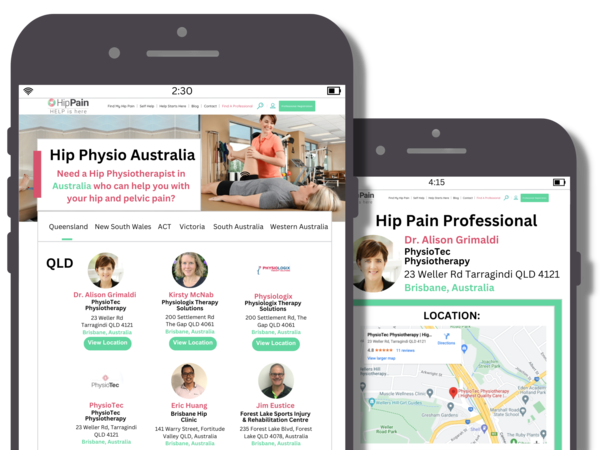

Do you have hip bursitis or gluteal tendinopathy? Not sure where to start on your road to recovery? Or what your next steps should be?
This FREE resource provides a suggested treatment pathway, based on the available scientific evidence and Dr Alison Grimaldi's 30+ years of clinical practice as a physiotherapist and 20+ years as a researcher and educator in this field.

Find out specific information about the individual Hip Pain Professionals who want to be involved in helping you including where they trained and their specific skills.

Every day I hear heartbreaking personal stories about avoidable ‘wrong turns’ in the management of people’s pain that affect their health, quality of life and finances. If only these people had found a knowledgeable health professional to provide them with helpful advice earlier in their journey.
Everyone seeking healthcare assistance, should not be seen as a medical condition but treated with dignity and respect and involved in all decisions regarding their care.
The management of musculoskeletal pain and injury is rapidly advancing. Only healthcare professionals who are actively engaged in ongoing learning and strong links with professional communities will provide optimal, evidence-informed care.
Learn more about hip issues – written by your Hip Pain Professionals
In today's blog we are going to share 3 simple strategies to reduce pain
Many of you experience “hip flexor pain”. Your hip flexor pain might be felt with
Many of you experience “hip flexor pain”. Your hip flexor pain might be felt with
